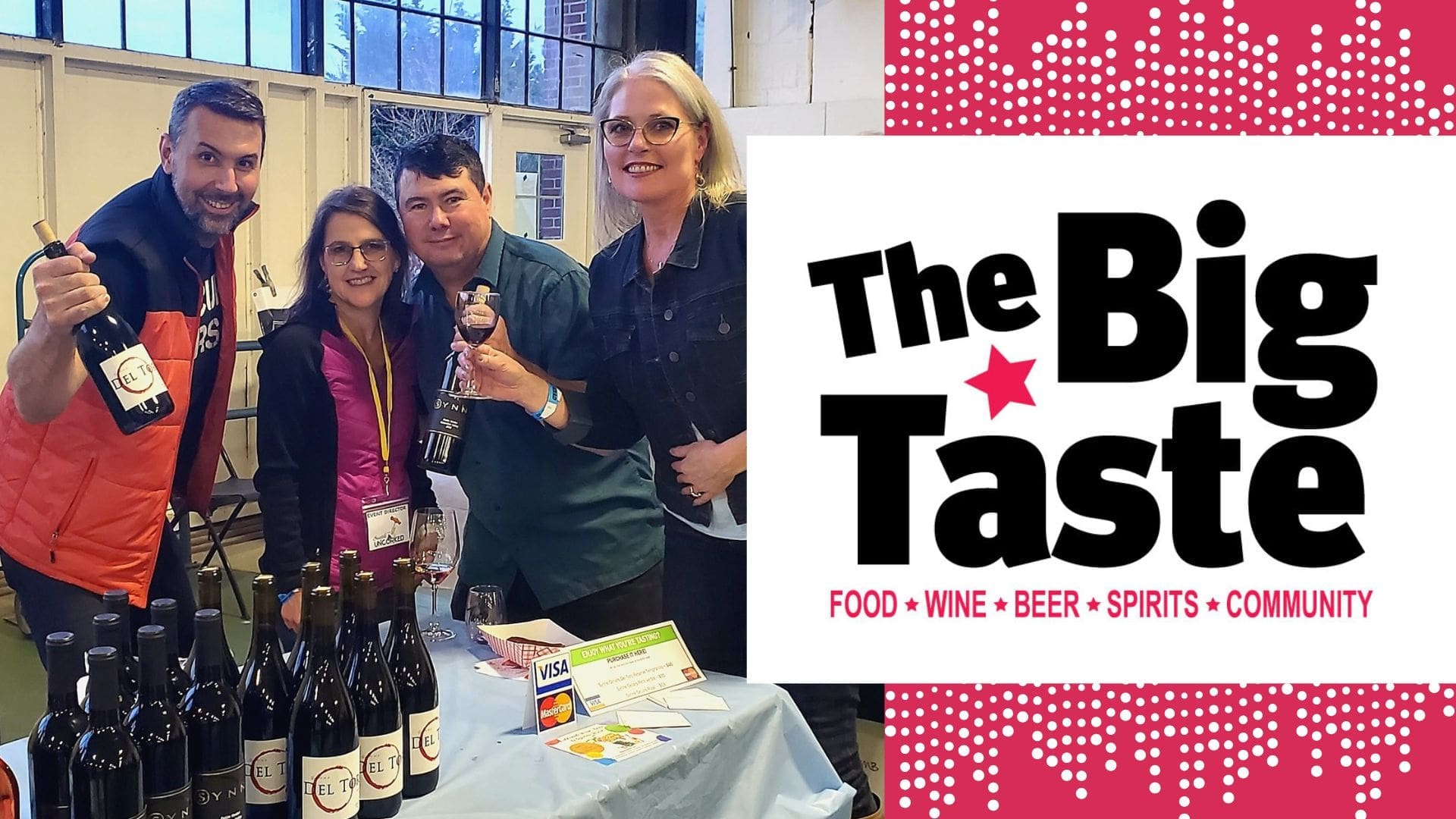Using Ancient Techniques to Craft Modern Wine
Historians believe winemaking began as early as 6,000 B.C. in parts of Eurasia, today known as the republics of Georgia and Armenia. One ancient winemaking technique was to produce white wine by fermenting the juice with the skins (and sometimes stems). Today, these “skin-contact” wines are commonly called “orange wines.”
Tim Doyle has a passion for orange wine. So much so, it led him to start Marginalia Winery in Walla Walla, Wash.
After moving to the area in 2011, Doyle leveraged a surplus of local grapes to begin making wine as a hobby. His experience brewing beer familiarized him with yeast and fermentation. Through trial and error, plus studying enology textbooks, Doyle developed his craft. He found Georgian winemaking especially intriguing. As his hobby became more serious, he interned for winemaker Ashley Trout at Tero Estates winery. In 2016, Trout started Vital Wines and Brook & Bull Cellars and Doyle joined as assistant winemaker.
By 2017, Doyle was ready to branch out. “I learned a lot from Ashley,” he says. “I started Marginalia because I wanted to do some weird stuff that wasn’t Ashley’s style of wine. I started drinking a lot of orange wine and liked the structure and tannin you could achieve by fermenting white wine grapes with their skins and wanted to experiment with producing that style of wine.”
Doyle applies a methodical experimental approach to his winemaking. “The decision-making I go through for each vintage is based on the fruit available at harvest and what characteristics it will deliver,” he says. “I don’t hold myself to a standard of having to make a specific product line or volume.”
The initial Marginalia release of Amber Wine (as Doyle prefers to call orange wines) was the 2019 vintage. It is 100% whole-cluster fermented Marsanne sourced from the Rockgarden Estate vineyard in the Rocks District. For the current 2020 Amber Wine, Doyle experimented with Semillon sourced from Les Collines vineyard in Walla Walla. The high elevation of Les Collines allowed the grapes to develop more acidity, and the thick fruit skin and large number of seeds allowed him to achieve a more pronounced tannic structure compared to the 2019 release.
Doyle views acid, tannin and fruit as the structural pillars in his wine. He pays attention to how they complement each other. “I believe wine should be mouth-watering,” says Doyle. “When you have a sip of wine you should feel energized. You want a wine that is lively and excites you about the next sip or bite of food. Acid does that. When we don’t like tannin, it is in a wine that has no fruit. I want my wines to deliver that fruity core, but not in the sense of sweetness.”
Tasting Marginalia wines for the first time is a palate-opening experience – they demand to be enjoyed with food. The combination of acidity and tannin makes them very versatile. Doyle suggests dishes with salty or high-fat cheeses, fermented foods, pâté or strongly flavored vegetable dishes to highlight Marginalia’s Amber Wine.
In addition to the amber wines, Marginalia produces a dry-style Light Red (Pinot Gris/Pinot Noir blend) and a Red Wine (Zinfandel/Pinot Noir blend). In addition to the Marginalia website, you can find Doyle’s wines in the Walla Walla region at The Thief and the Royal Block.

Some people may consider Tim Doyle a maverick and Marginalia wines unconventional. That said, as more wine drinkers discover and learn to appreciate the acidity and tannin flavors of these food-friendly wines, the future bodes well for Marginalia.











